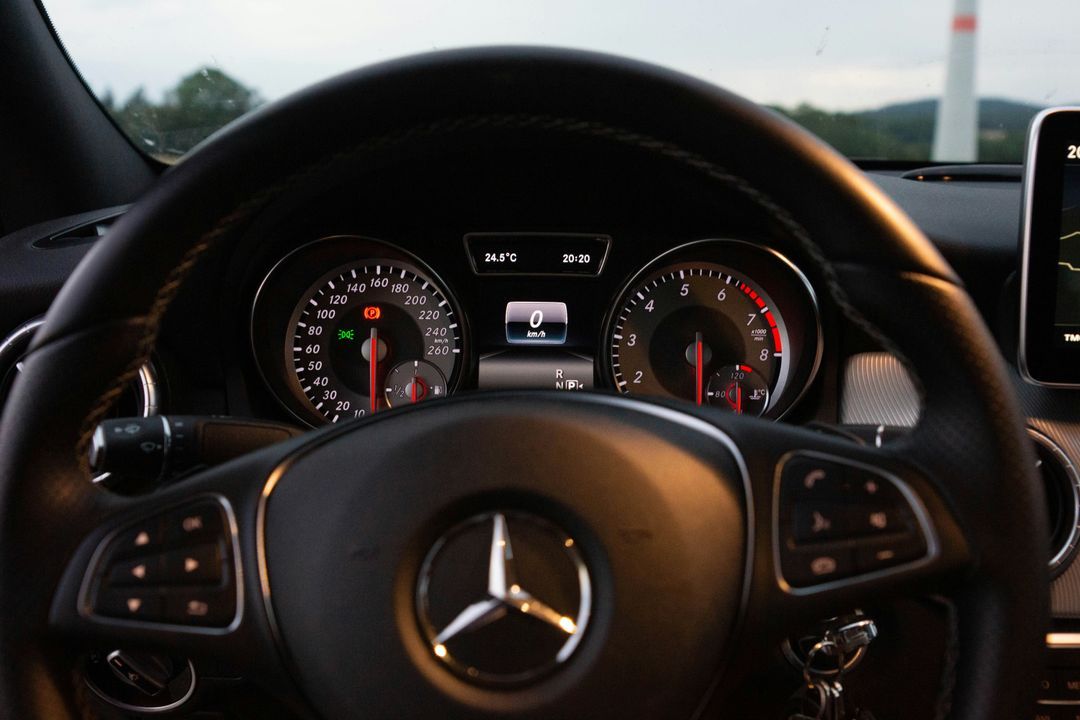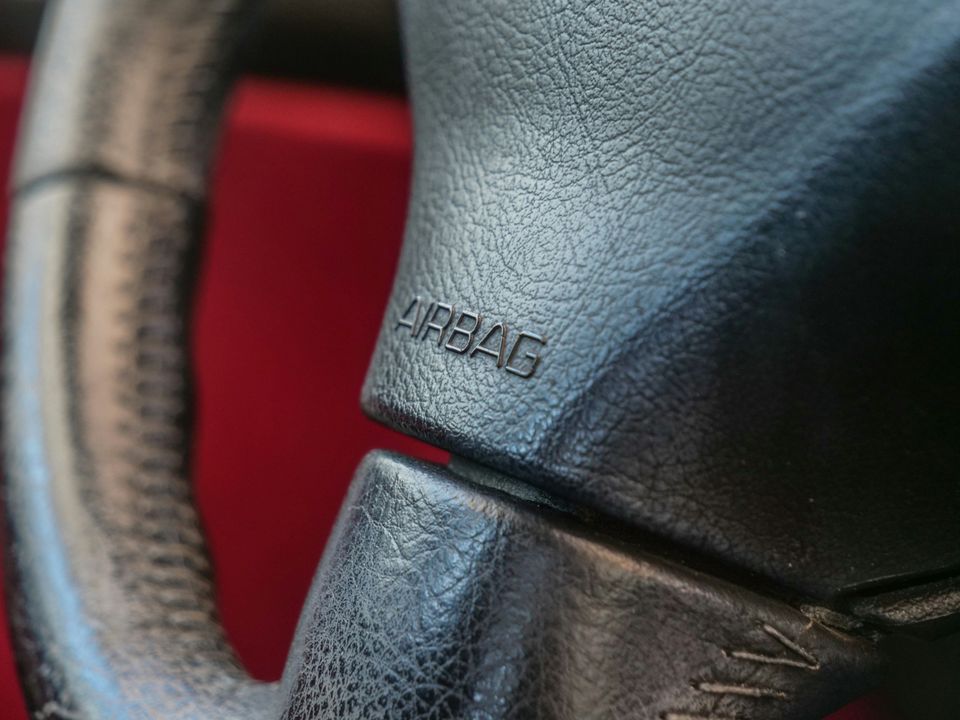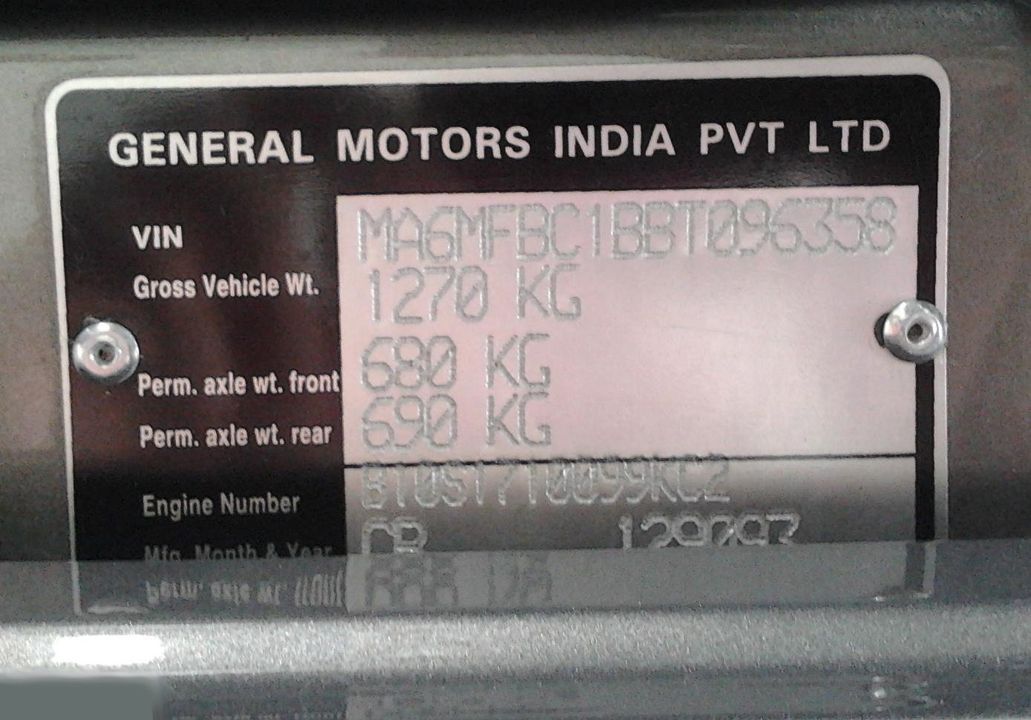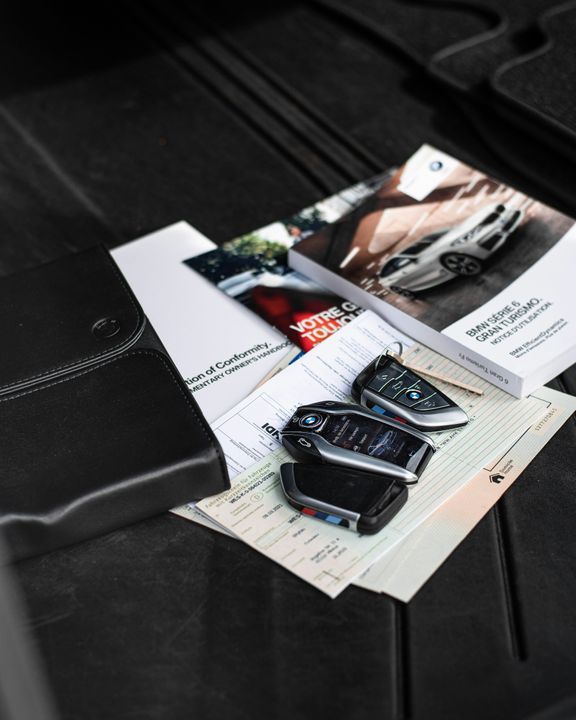Engine Revving Issues: Diagnosis, Costs & Modern Vehicle Solutions
Understanding Engine Revving: The Basics
Engine revving occurs when your vehicle's RPM (revolutions per minute) increases, either intentionally through accelerator input or unintentionally due to system malfunctions. Modern vehicles equipped with advanced ECUs (Engine Control Units) typically maintain idle speeds between 600-900 RPM, depending on engine type and environmental conditions.
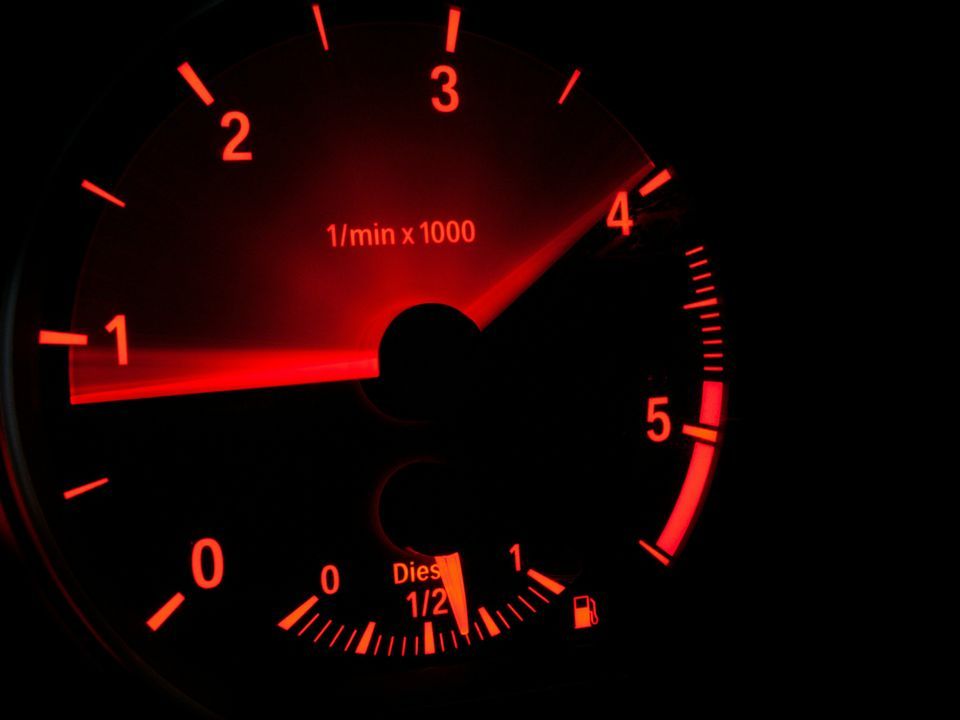
Normal vs. Abnormal Revving Patterns
Normal revving serves practical purposes:
- Cold start warm-up (1-2 minutes in winter conditions)
- Diagnostic testing during maintenance
- Clearing carbon deposits (Italian tune-up method)
- Hybrid system transitions (1000-1500 RPM during mode switching)
Abnormal revving indicators include:
- RPM fluctuations exceeding ±200 from baseline
- Autonomous revving without accelerator input
- Sustained high idle (above 1200 RPM when warm)
- Erratic patterns during steady-state driving
Modern Causes of Engine Revving (2022-2025 Vehicles)
Traditional Combustion Engine Issues
While classic problems persist, modern vehicles face unique challenges:
1. Direct Injection System Failures
Direct injection engines, now standard in 70% of new vehicles, are particularly susceptible to carbon buildup affecting idle control. Research from the Society of Automotive Engineers (2024) indicates that 35% of revving issues in vehicles manufactured after 2022 stem from GDI (Gasoline Direct Injection) complications.
2. Advanced Sensor Malfunctions
- Wide-band oxygen sensors (affecting air-fuel ratios)
- Manifold absolute pressure sensors (MAP)
- Electronic throttle position sensors
- Knock sensors influencing timing adjustments
3. Software-Related Issues
Unlike older vehicles, modern cars rely heavily on software. Common software-related causes include:
- Corrupted ECU firmware (requiring reflashing)
- Adaptive learning algorithm failures
- Network communication errors between modules
- Cybersecurity patches affecting performance maps
Hybrid and Electric Vehicle Complications
Hybrid vehicles introduce unique revving scenarios:
Regenerative Braking Conflicts: When regenerative systems malfunction, they can cause the combustion engine to rev unexpectedly to compensate for lost braking force.
Battery Management System (BMS) Errors: Faulty BMS can trigger unnecessary engine activation, causing revving as the system attempts to charge a battery that doesn't need it.
Transition Mode Failures: The handoff between electric and combustion modes can create revving issues if synchronization fails.
Diagnostic Approaches for 2025
OBD-II Codes Specific to Revving Issues
Modern vehicles generate specific codes for revving problems:
| Code | Description | Common Fix | Est. Cost (USD) |
|---|---|---|---|
| P0505 | Idle Control System Malfunction | IAC valve replacement | $150-$400 |
| P0507 | Idle Control System RPM Higher Than Expected | Throttle body cleaning/replacement | $100-$600 |
| P2A00 | O2 Sensor Circuit Range/Performance | Sensor replacement | $200-$450 |
| P0171/P0174 | System Too Lean | Vacuum leak repair, MAF cleaning | $150-$800 |
Advanced Diagnostic Tools
Beyond traditional OBD-II scanners, modern diagnosis requires:
- Oscilloscope Analysis: For detecting intermittent sensor signals
- Data Logging Software: Captures real-time parameters during driving
- Manufacturer-Specific Tools: Access to proprietary diagnostic modes
- Thermal Imaging: Identifies overheating components affecting idle
Cost Analysis and Repair Economics
Average Repair Costs by Component (2024-2025 Data)
Based on data from RepairPal and industry surveys:
- Throttle Body Service: $150-$300 (cleaning), $400-$800 (replacement)
- MAF Sensor: $250-$400 including labor
- Vacuum Leak Repairs: $150-$600 depending on location
- ECU Reflashing: $100-$300 at dealerships
- Complete Idle System Overhaul: $800-$1,500
DIY vs. Professional Repair Decision Matrix
Consider DIY approaches for:
- Throttle body cleaning (save $100-$200)
- Air filter replacement (save $50-$100)
- Basic sensor cleaning (save $150-$300)
Seek professional help for:
- ECU programming issues
- Hybrid system complications
- Internal engine damage symptoms
- Advanced sensor replacements
Prevention Strategies and Maintenance
Modern Maintenance Schedule
Prevent revving issues with this enhanced maintenance approach:
Every 15,000 miles:
- Direct injection system cleaning
- Throttle body inspection and cleaning
- Software update checks
Every 30,000 miles:
- Complete sensor suite diagnostic
- Carbon cleaning for GDI engines
- Hybrid system calibration check
Every 60,000 miles:
- Full idle control system service
- ECU adaptive reset and relearning
- Comprehensive vacuum system inspection
Fuel Quality Impact
Recent studies from the American Petroleum Institute (2024) show that using Top Tier gasoline can reduce idle-related issues by 19% in direct injection engines. The detergent additives help prevent carbon buildup that commonly causes revving problems.
Environmental and Economic Considerations
Fuel Waste from Revving Issues
Uncontrolled revving can increase fuel consumption by 15-25%. For the average driver covering 12,000 miles annually, this translates to:
- Extra 100-150 gallons of fuel per year
- $350-$500 in additional fuel costs (at $3.50/gallon)
- 1.0-1.5 tons of additional CO2 emissions
Impact on Emission Systems
Excessive revving accelerates catalytic converter degradation and can trigger emission system failures. Modern vehicles with GPF (Gasoline Particulate Filters) are particularly vulnerable, with replacement costs ranging from $1,000-$3,000.
Emergency Response Protocol
If your vehicle experiences sudden, uncontrolled revving:
- Immediate Actions:
- Shift to neutral (automatic) or depress clutch (manual)
- Apply brakes firmly
- Turn off air conditioning and accessories
- Pull over safely when possible
- Shutdown Procedure:
- Turn ignition off only when stationary
- Engage parking brake
- Allow engine to cool for 10 minutes
- Check for obvious issues (loose connections, damaged hoses)
- Professional Assessment:
- Avoid driving if revving persists
- Document symptoms for technician
- Request comprehensive diagnostic scan
Future Outlook: Emerging Technologies
AI-Powered Diagnostics
By 2026, predictive maintenance systems will likely prevent 40% of revving issues through:
- Machine learning algorithms analyzing driving patterns
- Predictive sensor failure warnings
- Cloud-based diagnostic databases
- Real-time software patches for known issues
Electric Vehicle Transition
As EV adoption increases, traditional revving issues will diminish, replaced by:
- Motor controller calibration problems
- Regenerative braking irregularities
- Battery thermal management complications
Case Studies: Real-World Examples
Case 1: 2023 Toyota Camry Hybrid
Issue: Intermittent high revving during electric-to-gas transitions
Cause: Corrupted hybrid control module software
Solution: ECU reflash and hybrid system recalibration
Cost: $185 (warranty covered)
Prevention: Regular software updates at 15,000-mile intervals
Case 2: 2024 Ford F-150 EcoBoost
Issue: Consistent 200 RPM elevation at idle
Cause: Carbon buildup on GDI injectors affecting spray patterns
Solution: Professional walnut blasting service
Cost: $450
Prevention: Annual direct injection cleaning service
Case 3: 2025 BMW 330i
Issue: Erratic revving with check engine light
Cause: Failed high-pressure fuel pump sensor
Solution: Sensor replacement and fuel system recalibration
Cost: $750
Prevention: Use only Top Tier certified gasoline
Real-World Feedback: Community Insights on Engine Revving Issues
Experienced mechanics and DIY enthusiasts across automotive forums have actively debated the most effective approaches to diagnosing and fixing engine revving problems. A particularly common discussion theme centers around the concept of "hunting" - where the engine continuously adjusts its idle speed trying to achieve the correct air-fuel ratio but never quite stabilizes.
Many technicians emphasize the importance of proper diagnosis before replacing parts. One recurring perspective in community discussions highlights how randomly replacing components without systematic troubleshooting often leads to wasted money and unresolved issues. However, some DIY enthusiasts defend the "parts cannon" approach when dealing with common failure points, noting that replacing a $30 sensor can sometimes be more cost-effective than paying for professional diagnosis, especially when narrowed down to a few likely culprits.
Honda owners frequently share specific experiences with idle air control valve (IACV) issues causing rev fluctuations, particularly in 1990s and early 2000s models. Several community members report success with simple cleaning procedures using brake cleaner, while others warn that aggressive cleaning sometimes damages sensitive components. The debate extends to diagnostic methods, with some advocating for the "brake cleaner spray test" to identify vacuum leaks, while others caution about fire risks and recommend professional smoke testing instead.
Interestingly, community feedback reveals that modern engine management systems can complicate what once were straightforward diagnoses. Multiple forum participants describe how disconnecting sensors to test their function works differently on newer vehicles compared to older models, with some cars immediately entering limp mode or throwing multiple error codes that mask the original problem.
The collective wisdom from these discussions suggests that while DIY diagnosis and repair remain viable for many revving issues, the increasing complexity of modern vehicles has shifted the balance point between amateur and professional intervention. Community members consistently emphasize the value of owning a quality OBD-II scanner and learning to interpret live data streams, bridging the gap between basic DIY maintenance and professional-level diagnostics.
Key Takeaways
- Modern vehicles require sophisticated diagnostic approaches beyond traditional methods, with software issues accounting for 30% of revving problems in 2024-2025 models
- Preventive maintenance can reduce revving issues by up to 60%, with direct injection cleaning being crucial for post-2020 vehicles
- DIY repairs remain viable for basic maintenance, but complex sensor and software issues require professional intervention
- Hybrid and electric vehicles introduce unique revving scenarios that traditional mechanics may not be equipped to handle
- Environmental impact extends beyond immediate fuel waste, potentially causing $1,000-$3,000 in emission system damage
Conclusion
Engine revving issues have evolved significantly with modern automotive technology. While traditional causes like vacuum leaks and dirty throttle bodies persist, today's vehicles face additional challenges from complex software systems, direct injection complications, and hybrid powertrains. Understanding these modern complexities, combined with proactive maintenance and timely professional intervention, can prevent costly repairs and ensure optimal vehicle performance.
As we transition toward electric vehicles, the nature of these problems will shift, but the importance of understanding your vehicle's warning signs remains constant. Whether you're driving a traditional combustion engine, a hybrid, or preparing for an electric future, staying informed about engine behavior patterns and maintenance requirements is your best defense against unexpected repairs and expenses.
For additional resources and diagnostic tools, consider consulting ASE-certified technicians or investing in advanced diagnostic equipment suited to your vehicle's specific requirements.
